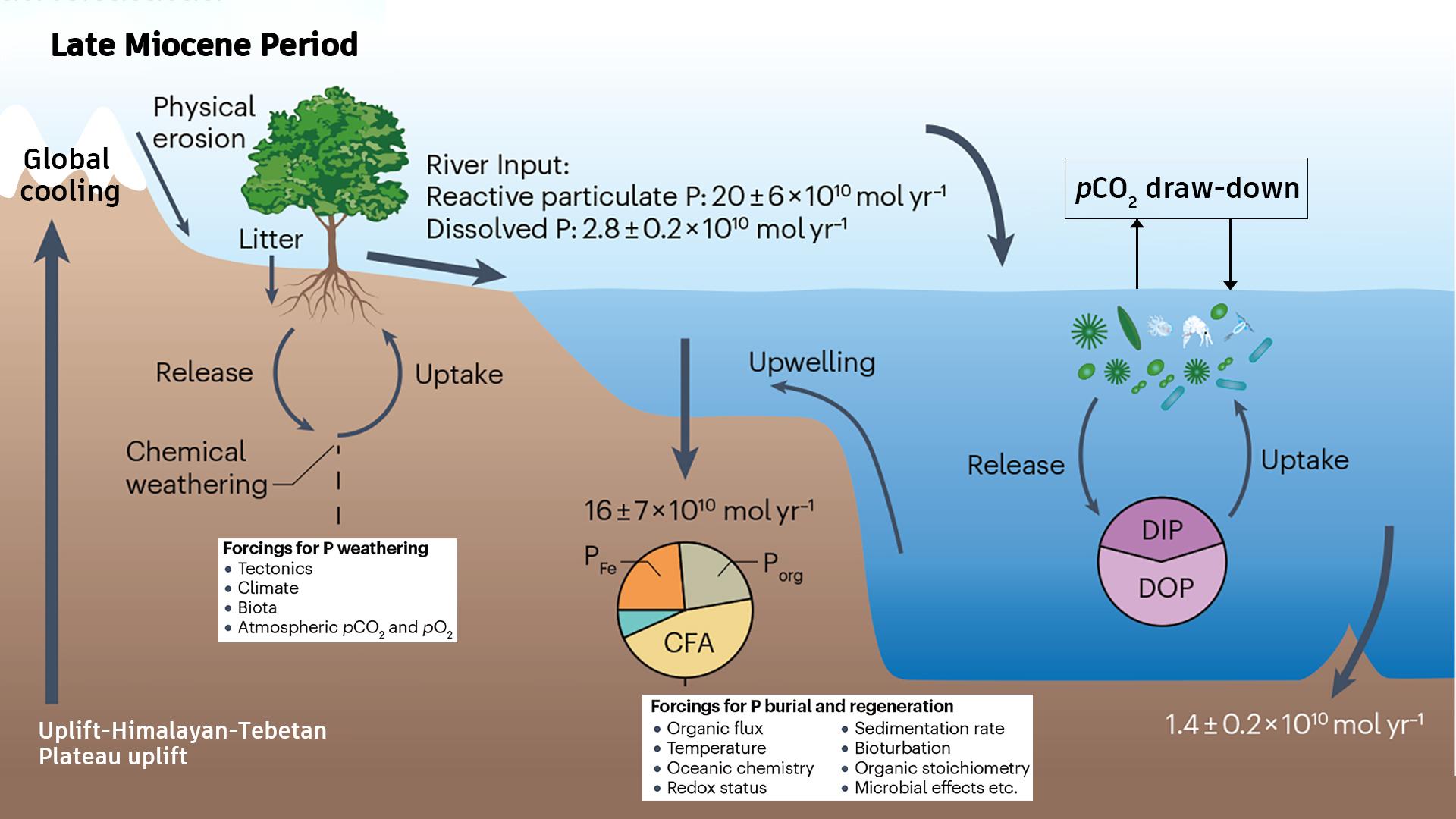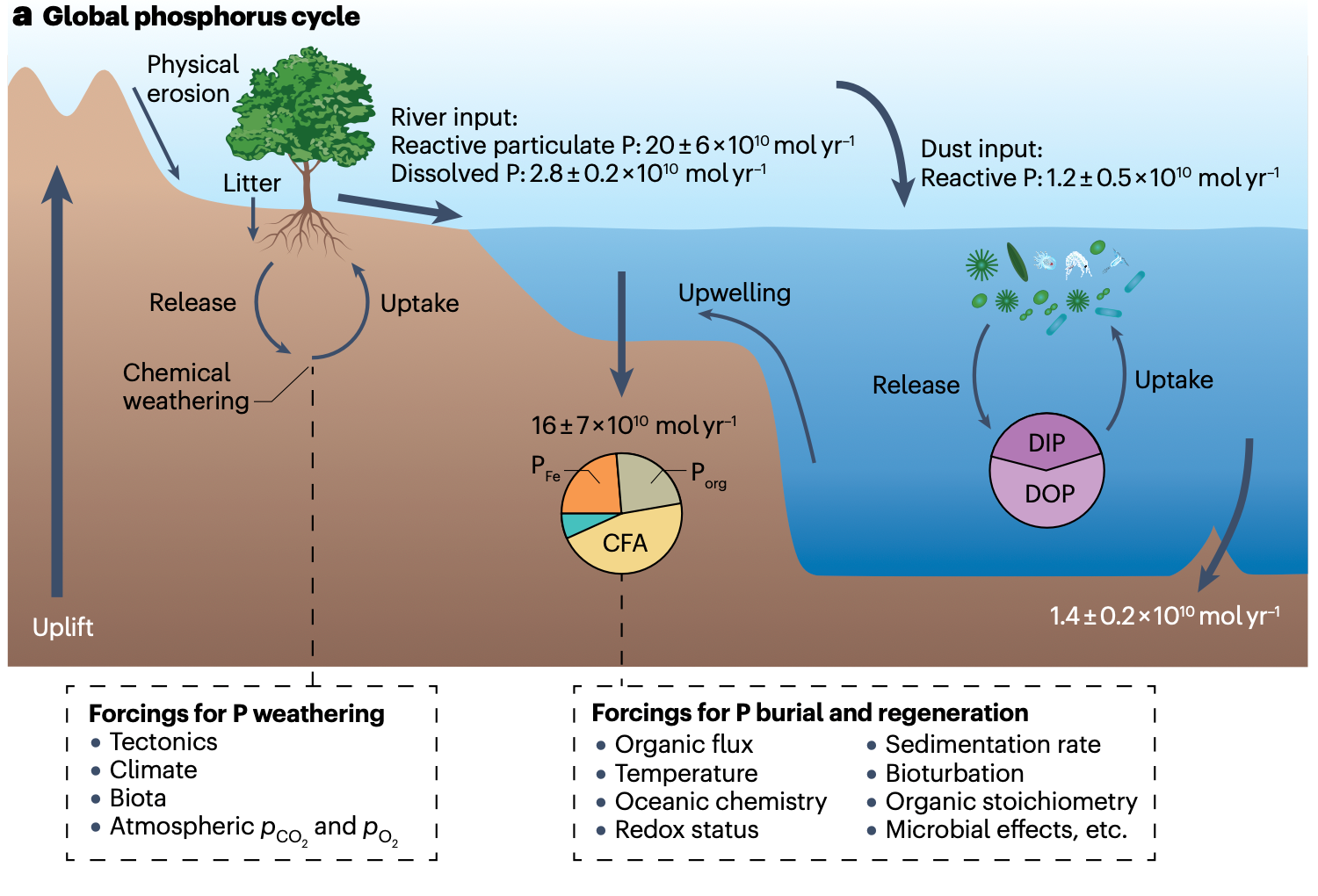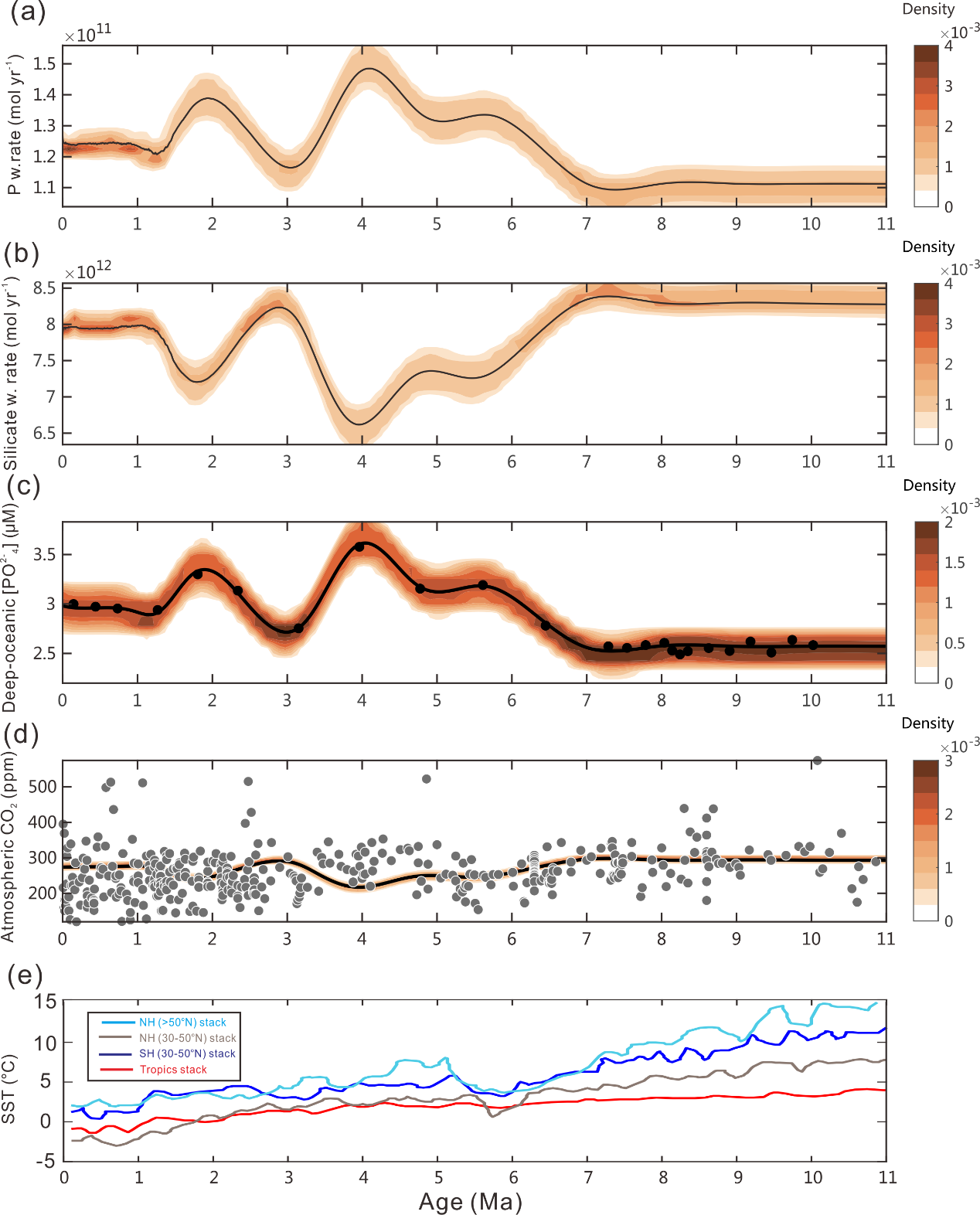The Late Miocene, a geological period spanning 11.6 million to 5.3 million years ago, is a special period that witnessed major transformations in global tectonics, biological communities, and climate. Previous studies have found that the global cooling during this era caused global temperatures to steadily decrease between 7 and 5.4 million years ago, reaching levels comparable to modern ocean temperatures.
During this period, the ocean temperatures in deep and shallow waters dropped significantly with the long-term cooling and reduction of atmospheric CO2 since the Cenozoic. Therefore, the late Miocene period is an important “time window” to study the interactions between ocean-land forces and the global carbon cycle under warmer-than-modern conditions, offering valuable predictions into climate change and terrestrial ecosystem responses.

Chair Professor Qingsong Liu’s research team from the Center for Marine Magnetism in the Department of Ocean Science and Engineering at the Southern University of Science and Technology (SUSTech) has expounded on the driving mechanisms behind global climate cooling in the late Miocene. Their study innovatively highlights the important impact of the global phosphate weathering process on the ocean carbon cycle during this period.
Their findings, titled “Enhanced phosphorus weathering contributed to Late Miocene cooling”, have been published in Nature Communications.
In the sedimentary records of many ocean basins, it was found that a long-lasting negative carbon isotope excursion occurred globally during the late Miocene period – the late Miocene carbon excursion. Existing studies have proposed three main hypotheses to explain this phenomenon, namely the terrigenous input hypothesis, the biological pump hypothesis, and the deep water and ocean current hypothesis. This series of changes in the composition of terrestrial and deep-sea carbon reservoirs is considered to be the main cause of the global cooling of the climate in the late Miocene.
The driving force behind this cooling remains highly controversial. For example, the gradual reduction of atmospheric CO2 has played a central role in driving global cooling and related terrestrial ecosystem changes. However, the relative intensity changes of silicate weathering and phosphate weathering and their impact on carbon consumption during the late Miocene are still unclear. In response to these uncertainties, this study found through sedimentary records and simulation evidence that the global phosphate weathering process during the late Miocene played a huge role in the ocean carbon cycle and global cooling.
In the past few years, the team from the Centre for Marine Magnetism has carried out extensive work on the wind dust and ocean current dynamics since the late Cenozoic, focusing on polymetallic crusts in the western Pacific. As an important carrier of paleo-ocean research, these polymetallic crusts contain rich information on processes such as ocean circulation, productivity, and terrestrial input, and are a good medium for solving the mechanisms behind the late Miocene cooling (Figure 1).

Figure 1. Global phosphorus cycle diagram
Building on this foundation, the researchers conducted an environmental magnetic and geochemical analysis of polymetallic crust samples in the Magellan Seamount in the western Pacific. This provided significant evidence for the continuous step-by-step enhancement of marine phosphate concentration during the late Miocene. Using biogeochemical simulations, they revealed a clear decoupling phenomenon between phosphate and silicate weathering processes during this period. The study further pointed out that the enhanced phosphate weathering caused by the uplift of the Qinghai-Tibet Plateau may have led to a decline in global CO2 by increasing primary productivity and marine biological pumps (Figure 2).

Figure 2. Records and model reconstruction of phosphate content, atmospheric CO2, and temperature trends over the past 11 million years
This study emphasizes the important role of phosphorus weathering changes on land in the late Miocene during the global climate transition period. It provides a new perspective for studying the coupling between the marine carbon cycle and global climate change. The team’s findings are of great significance for improving future climate change predictions and research on terrestrial ecosystem responses.
Associate Professor Yi Zhong from the Department of Ocean Science and Engineering and the Advanced Institute for Ocean Research at SUSTech is the first author of the paper. Chair Professor Qingsong Liu and Researcher Mingyu Zhao from the Institute of Geology and Geophysics of the Chinese Academy of Sciences are the co-corresponding authors. SUSTech is the first affiliated institution.
Paper link: https://doi.org/10.1038/s41467-025-56477-7
To read all stories about SUSTech science, subscribe to the monthly SUSTech Newsletter.
Proofread ByAdrian Cremin, Yingying XIA
Photo ByCenter for Marine Magnetism